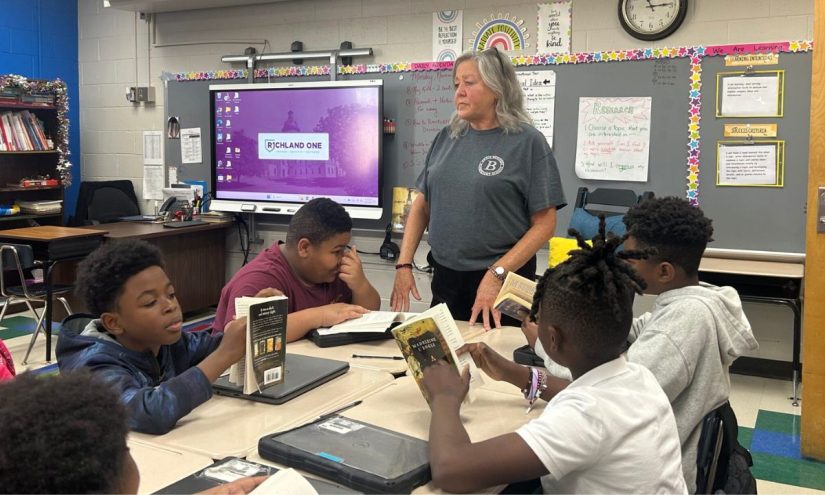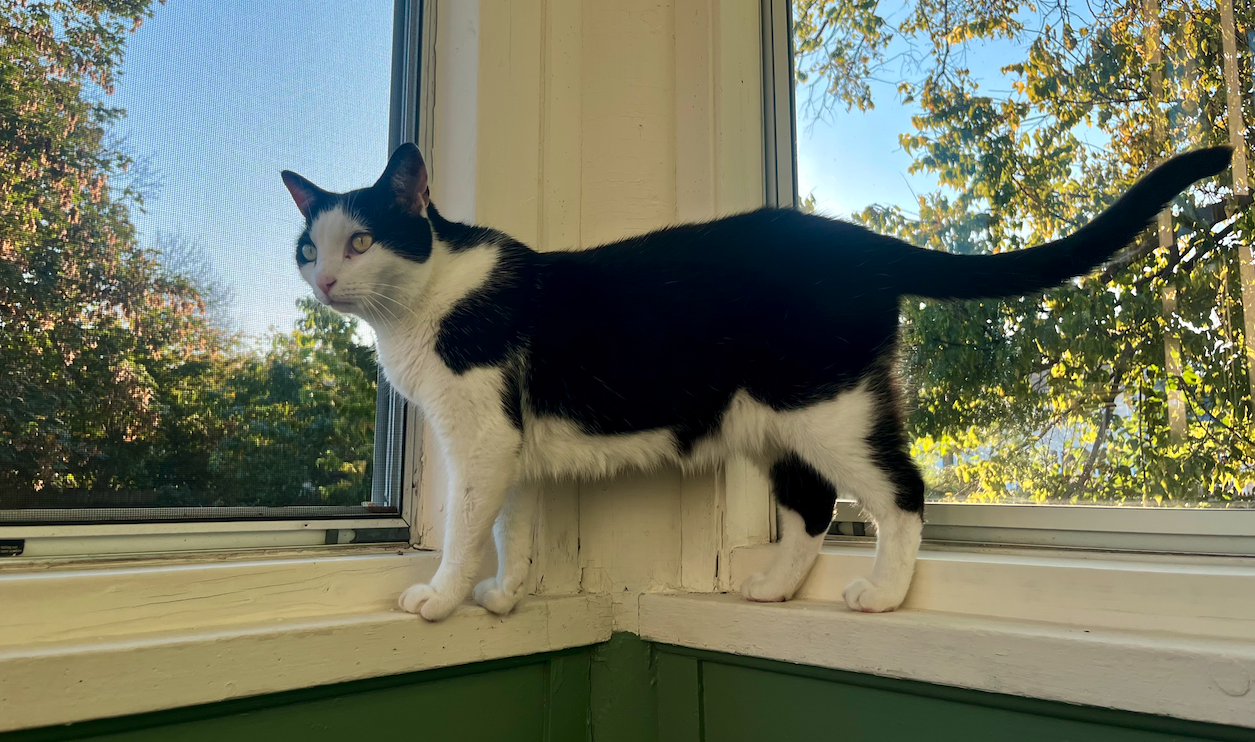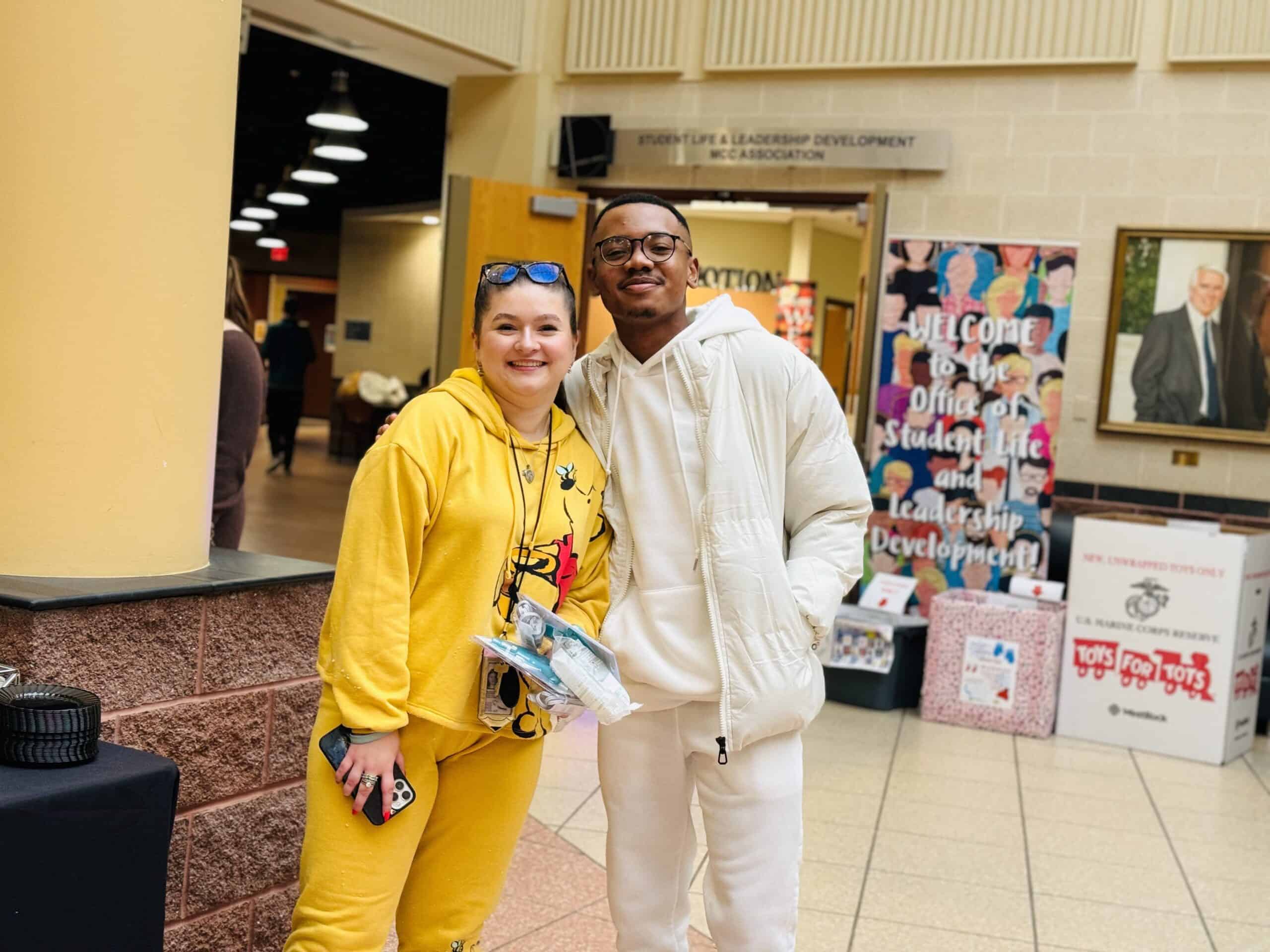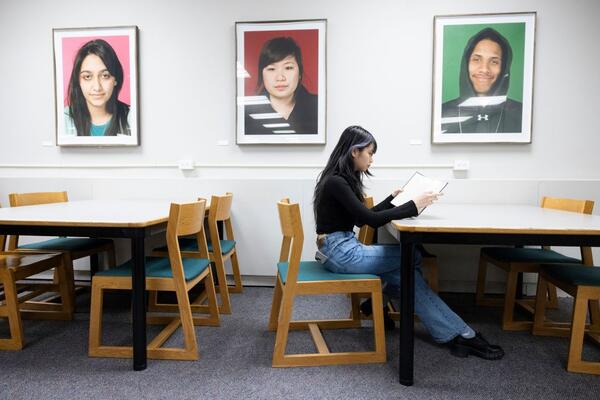One of my quietest students once came up to me after class and said, “I’ve never felt comfortable speaking in English before this course.” That single sentence reminded me that what we build in the classroom goes far beyond lectures or grading. It’s the atmosphere we create that allows learning to happen. For this student, the turning point wasn’t grammar drills or vocabulary tests. It was trust.
As educators, we often focus on the what and how of teaching. But who the student in front of us matters just as much. In my experience, building genuine rapport is one of the most overlooked yet powerful strategies for helping students feel safe enough to participate, take risks, and grow.
What Rapport Really Means
Rapport is not about being the “fun” professor or trying to be everyone’s favorite. It’s about creating a space where students feel respected, seen, and supported not just academically, but as people.
In my classrooms, especially with my work with adult ESL learners in Kuwait, rapport means:
- Greeting students by name and with warmth
- Encouraging participation without pressure
- Acknowledging their challenges as second-language users
- Listening actively to their concerns and ideas
When students feel this kind of connection, they are far more willing to ask questions, attempt difficult tasks, and take ownership of their learning.
How I Build Rapport (and How You Can Too)
Here are five practical habits I’ve developed that have made a noticeable difference in student engagement and classroom climate.
1. Be Present Beyond the Podium
I make time before and after class for informal conversations, even brief ones. A simple, “How’s your week going?” can open doors. Students need to know we are not just grading machines. We are humans too.
2. Learn Names Quickly
It seems like a small detail, but using students’ names early in the semester changes everything. When I call on “Fatima” instead of “you in the third row,” I signal that her presence matters.
3. Use Encouragement Thoughtfully
When a student takes a risk, especially with speaking, I make sure to acknowledge the effort. Saying, “That was a great attempt,” helps build confidence and normalizes the learning process.
4. Normalize Mistakes
Learning is full of errors. I often point out my own slips and laugh with the class. This sets the tone that mistakes are part of the process, not something to fear.
5. Ask for Feedback and Act on It
I regularly ask students what’s helping and what’s not. If I change something based on their feedback, I let them know. This builds trust and shows them that their voices shape the learning experience too.
A Moment I’ll Never Forget
I remember one student, Yousef, who barely spoke during the first few weeks of class. He sat near the back, avoided eye contact, and never volunteered. I made a point to greet him by name each class, ask simple follow-up questions, and check in privately after group work. Slowly, he started opening up. First, he answered yes-no questions. Then, short phrases. By the end of the semester, he stood up and gave a short presentation in English. It wasn’t perfect, but it was powerful. Afterward, he told me, “You made me feel like I could do it.” That comment stays with me to this day.
How Rapport Transforms Feedback
One area where rapport makes a real difference is in how students receive feedback. Constructive feedback is essential for improvement, but it only works if students feel it comes from a place of support.
Once, I had to correct a student’s repeated grammatical mistake. It could have felt embarrassing, but because we had already built trust, she laughed and said, “I knew you would catch that.” She didn’t feel attacked. She knew the correction was about helping her grow.
This kind of response isn’t automatic. It comes from creating a consistent environment where feedback is expected, respected, and grounded in care.
The Ripple Effect of Strong Rapport
The impact of strong rapport is not limited to one assignment or one semester. I have seen students who once hesitated to speak now take initiative in group discussions, volunteer for peer mentoring, or continue English practice long after the course ends.
Rapport also builds community. When students see the teacher modeling kindness, encouragement, and open communication, they begin to do the same with each other. This shifts the classroom from a silent space to one that is collaborative and supportive.
What You Can Try This Week
If you’re looking to build rapport in your own classroom, here are three simple practices you can try immediately:
- Learn and use student names within the first two weeks. Use name tents if needed. If you’re at mid-semester, consistent use of student names shows you care and value their presence which helps strengthen classroom connections.
- Ask for anonymous feedback midway through the term. Just two questions: “What’s helping you learn?” and “What would you change?”
- Set aside two minutes at the end of class to praise a risk taken, a great question asked, or a quiet win. This reinforces the kind of behavior you want to see more of.
These small actions compound over time. They send a clear message to students that they matter and that their growth is the shared goal of the classroom.
Final Thoughts: What They’ll Remember
As educators, we hope students walk away from our courses remembering the material. But what they often remember most is how we made them feel. Did they feel respected? Encouraged? Safe enough to take a risk?
If the answer is yes, then we have done more than teach. We have helped them build confidence, resilience, and the courage to use their voice.
That is the kind of learning that stays with them long after the final exam.
Fahad Ameen is a PhD researcher in Applied Linguistics at the University of Nottingham and an English language instructor at Kuwait University’s College of Education. His work focuses on student motivation, gamified learning, and building meaningful teacher–student relationships in Arab ESL contexts.














